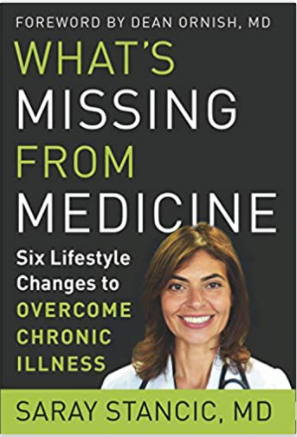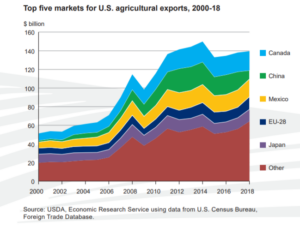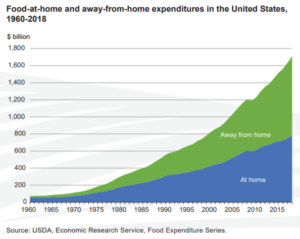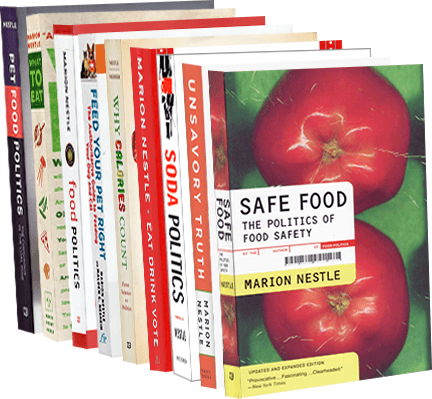Food company marketing for the elderly
I’m always interested in how the food industry tries to sell products to specific groups. Here’s one of FoodNavigator’s Special Editions (collections of articles) on products the food industry is designing and trying to sell for older adults.
Special Edition: Healthy ageing: Food for an older population
Europe is ageing. By 2050 the population of over 65s is expected to reach almost 150m in the region. Gains are expected for products that cater to this older demographic by boosting immunity, as well as bone, joint, muscle, cognitive, heart, skin, eye and digestive health. FoodNavigator looks at some of the innovation strategies food makers are developing to meet the needs of older people.
- Keto for healthy ageing: F&B brands tap into ketone production with older generations in mind: How are brands responding to growing demand for keto-friendly food and drink that supports healthy ageing?.. Read
- Nut supplier Importaco cracking the healthy ageing market: ‘Everybody is targeting older people’: Nut and dried fruit supplier Importaco is leveraging innovation and deep consumer insight to build a portfolio of products targeting older people. We spoke to Teresa Cercós (PhD), Director General of Quality, Environment and Innovation, to learn more about the company’s long-term ambition to develop ingredients that support healthy ageing… Read
- Food for ageing populations: What, how and where will the elderly be eating in 2030? What will the everyday diets of elderly people living at home in 2030 look like? Where and when will they consume their meals? And how will it reach their plates?.. Read
- ‘The narrative on ageing needs to evolve’: Barclays sees innovation opportunity in healthy ageing: The food industry should do more to meet the nutritional needs of the ageing population, according to new research out from Barclays. This is, after all, a demographic that is only going to grow… Read
- Ajinomoto talks ‘nutrition without compromise’ and ‘first mover advantage’ in healthy ageing: Ajinomoto has launched a nutrition strategy that the company believes will enable it to leverage its unique expertise in amino acids to deliver solutions that meet its two global strategic priorities: salt reduction and optimal protein intake for the ageing population… Read
- The role of citrus in brain health: ‘Citrus bioactive compounds improve general cognition’: Eating citrus fruit and drinking citrus juices can have a positive impact on brain health, particularly during ageing, according to new research… Read
- Study finds microbiome ‘signature’ associated with healthy aging: A large set of longitudinal data revealed a distinct gut microbiome signature that is associated with healthy aging and survival in the latest decades of life… Read
- Ketogenic drink boosts brain in cognitively impaired, says Nestlé study: A Nestlé-produced ketogenic (kMCT) drink could improve cognitive function in individuals suffering from Mild Cognitive Impairment (MCI), the firm’s study suggests, as the product is set to be launched in Europe by the end of the year… Read





 Venture capitalists: I see an opportunity here.
Venture capitalists: I see an opportunity here.

